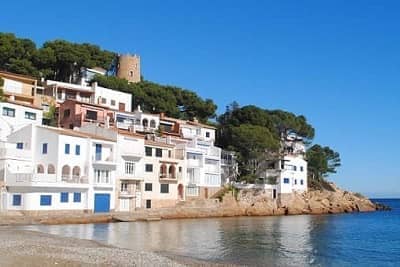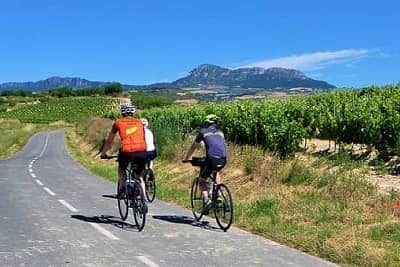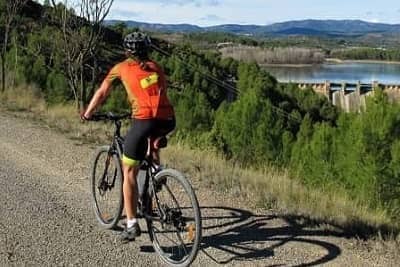Callos a la Madrileña
Madrid has many great restaurants serving a variety of international and Spanish cuisine. Many of the Spanish restaurants take their influence from regions other than Madrid. Pintxos from the Basque Country, Andalucian tapas and paella from Valencia are common place in the city along with many fresh fish dishes.
Amongst these more well known meals, however, there are a few dishes served which are traditional to Madrid. Perhaps the most celebrated and traditional of these, is callos a la madrileña.
The name rolls of the tongue with a latin flourish; however, the ingredients are not to everyone's tastes. Indeed, many unwitting tourists have tried the local speciality and have decided to go hungry rather than eat their lunch when the meal does arrive. The main ingredient in callos a la madrileña is beef tripe, and other meats added include hooves, snouts, chorizo and black pudding.
As a result, its traditional cuisine came from the farmland surrounding the city. The eating of offal was common place throughout Europe until the early 20th century when mass farming techniques enabled people to start to pick and choose their preferred cuts of meat. In many European countries, notably in eastern Europe, the whole of the animal is still used for human consumption. However, in Spain, as in much of the English speaking world, consumption of offal is mostly limited to the odd bit of liver or kidneys.
Nevertheless, callos (tripe) has remained popular in Madrid and throughout the rest of Spain, with the hearty dishes that they form providing a staple of many people throughout the winter.
Once it is cleaned, the tripe is cooked very slowly with the other cuts of meat and the sausage in a beef stock; paprika is added to give the dish its characteristic red colour. Tomatoes, garlic and a mixture of spices (including nutmeg, rosemary and bay leaf) are combined to give the tripe more flavour.
Traditionally gelatine is added towards the end of cooking to combine the ingredients together into a thick mixture; however, some restaurants leave this out and serve the dish with a more liquid base.
Callos a la madrileña is not a particularly difficult dish to make, but the whole preparation and cooking process makes it arduous. For this reason, it is rarely made at home, with most Madrileños eating it as tapas in restaurants or for very special occasions.
One of the most interesting and popular versions, however, can be found outside of Spain, in the Philippines. Here chickpeas are added, and hooves form a greater part of the dish than the tripe.
If you are a fan of spanish cuisine, why not book on one of our cycling holidays, which combine cycling with the best food Spain has to offer. The cycling means that you can enjoy it all guilt free. The holidays linked to below all have a particular focus on the gastronomy of the region.
Also, for more information about Madrid, check out our guide to the city.
Amongst these more well known meals, however, there are a few dishes served which are traditional to Madrid. Perhaps the most celebrated and traditional of these, is callos a la madrileña.
The name rolls of the tongue with a latin flourish; however, the ingredients are not to everyone's tastes. Indeed, many unwitting tourists have tried the local speciality and have decided to go hungry rather than eat their lunch when the meal does arrive. The main ingredient in callos a la madrileña is beef tripe, and other meats added include hooves, snouts, chorizo and black pudding.
History of Callos
Callos a la madrileña has a long tradition in Madrid, with recipes dating back to the 16th century. Unlike much of Spain, where fish and rice were the staples throughout history, Madrid is 300km from the sea and on a dry plateau that is not conducive to growing rice.As a result, its traditional cuisine came from the farmland surrounding the city. The eating of offal was common place throughout Europe until the early 20th century when mass farming techniques enabled people to start to pick and choose their preferred cuts of meat. In many European countries, notably in eastern Europe, the whole of the animal is still used for human consumption. However, in Spain, as in much of the English speaking world, consumption of offal is mostly limited to the odd bit of liver or kidneys.
Nevertheless, callos (tripe) has remained popular in Madrid and throughout the rest of Spain, with the hearty dishes that they form providing a staple of many people throughout the winter.
Recipe
Modern regulations state that the tripe and other similar cuts must be cleaned for twenty four hours until they are fit for human consumption. This involves it being boiled and washed repeatedly in an effort to get rid of any partly digested food that is lining the tripe.Once it is cleaned, the tripe is cooked very slowly with the other cuts of meat and the sausage in a beef stock; paprika is added to give the dish its characteristic red colour. Tomatoes, garlic and a mixture of spices (including nutmeg, rosemary and bay leaf) are combined to give the tripe more flavour.
Traditionally gelatine is added towards the end of cooking to combine the ingredients together into a thick mixture; however, some restaurants leave this out and serve the dish with a more liquid base.
Callos a la madrileña is not a particularly difficult dish to make, but the whole preparation and cooking process makes it arduous. For this reason, it is rarely made at home, with most Madrileños eating it as tapas in restaurants or for very special occasions.
Alternative Versions
Although the Madrid version is the most famous and most popular throughout most of Spain, some towns do have their own variations on the dish. Usually these additions are subtle, such as the use of morcilla asturiana in Asturias, which gives the dish a smoky taste.One of the most interesting and popular versions, however, can be found outside of Spain, in the Philippines. Here chickpeas are added, and hooves form a greater part of the dish than the tripe.
Should you try it?
Many people don't like offal and so would not be tempted to try callos, even out of curiosity. However, if you are adventurous with your food and like to experience something traditional to an area that you are visiting, callos a la madrileña is actually pretty tasty. It has a strong, slightly spicy flavour which dominates the offal taste, and the slow cooking makes the tripe and other cuts of meat soft and delicate.If you are a fan of spanish cuisine, why not book on one of our cycling holidays, which combine cycling with the best food Spain has to offer. The cycling means that you can enjoy it all guilt free. The holidays linked to below all have a particular focus on the gastronomy of the region.
Also, for more information about Madrid, check out our guide to the city.
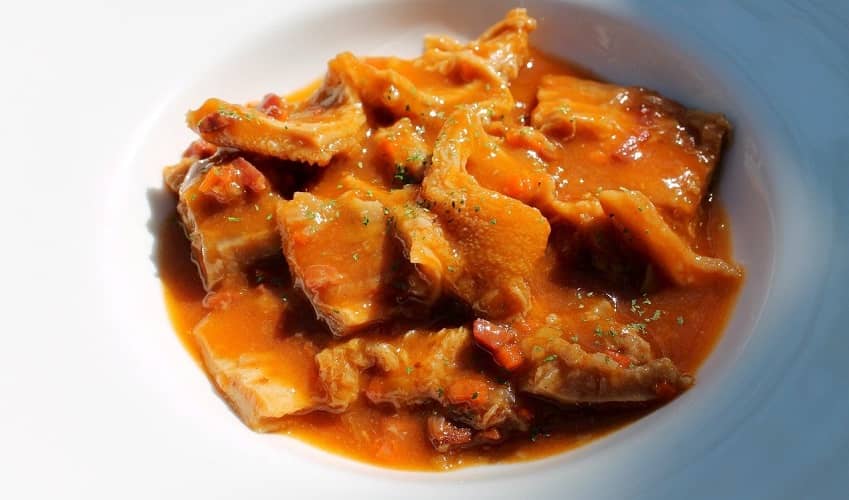
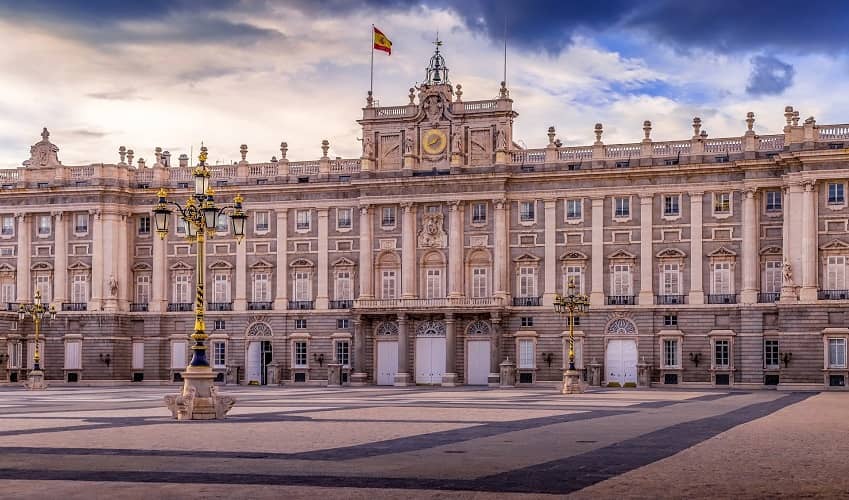
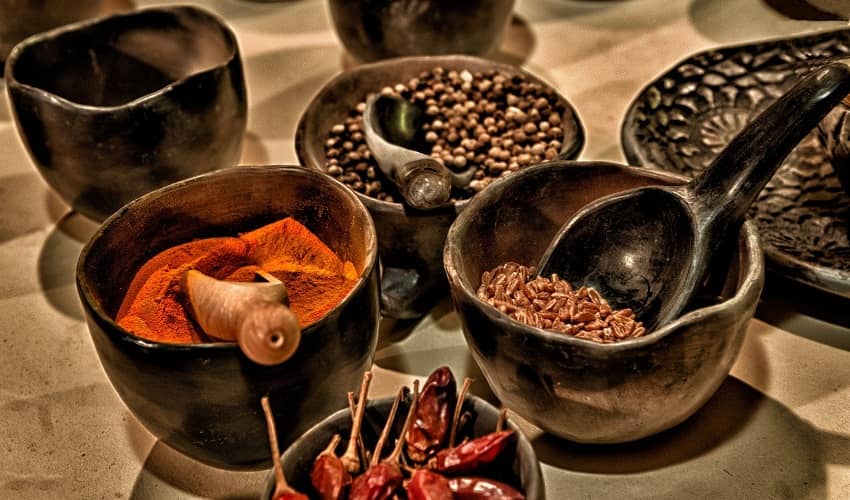
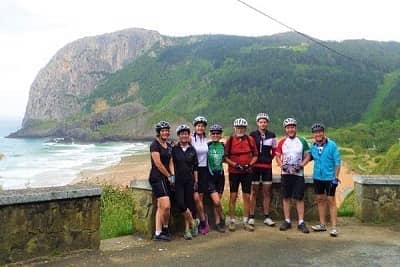

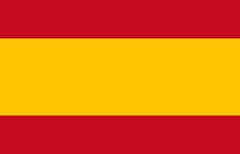 Spain
Spain
